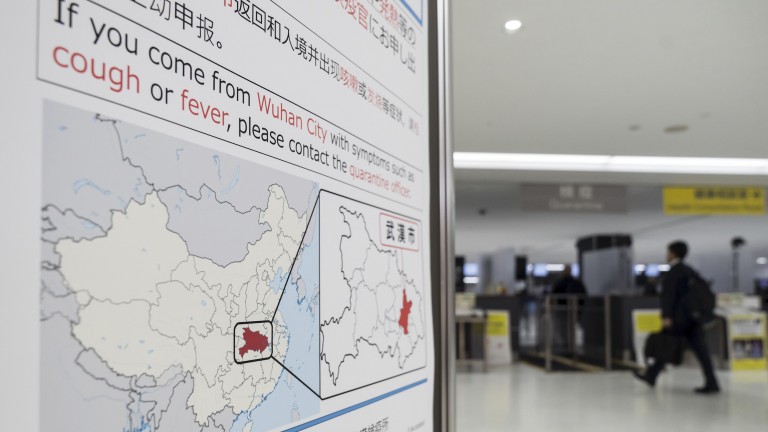A new study in the journal Science found that quarantining the city of Wuhan, China, likely delayed the spread of the disease—but won’t reduce its long-term impact.
What they did: The researchers used a disease transmission model to simulate the impact of travel limitations on the spread of the coronavirus.
The main findings:
1. The Wuhan quarantine likely didn’t really reduce the disease’s impact in mainland China. Compared to business as usual, the travel ban implemented on January 23 delayed the spread of coronavirus domestically by an estimated three to five days. But most Chinese cities already had infected patients by the time the ban went into effect, according to the simulation, so it probably didn’t do much to tamp down the overall number of cases.
2. Globally, the picture is a lot different. Cases exported from mainland China to cities around the world were reduced by an estimated 77% through mid-February. But cases originating from other cities in China—including Shanghai, Beijing, and Shenzhen, where the virus was present but not yet as pervasive as in Wuhan—continued to be exported outside the country. As a result, global cases are still at risk of growing rapidly within two to three weeks of the ban.
3. Continued international travel restrictions to China probably won’t be very effective. According to the model, neither a 40% nor a 90% reduction in overall travel to and from mainland China significantly changes projections for global spread of Covid-19. The simulations show a delay, but no reduction in overall impact.
4. But travel restrictions, coupled with reducing person-to-person transmission, could significantly slow the disease. A 25% or 50% reduction in the rate of transmission seems to have the greatest benefit in mitigating the epidemic. These reductions could be achieved through early detection and isolation of cases, as well as behavioral changes. Coupled with travel restrictions, this could help keep global spread to a minimum.
Methodology: The researchers simulated the spread of the outbreak with the Global Epidemic and Mobility Model. It takes into account data on reported cases and assumes that they represent only a fraction of total cases. It also factors in the locations of major transportation hubs like airports, and data about flight patterns, and assumes a certain level of population movement between each of the hubs. The researchers estimated certain characteristics of the virus, including its incubation period and generation time, based on existing scientific literature.
Limitations: There is still a lot of uncertainty around the disease’s behavior. Though the model’s findings stay relatively consistent under variation, more information will lead to more precise simulations.
This article is part of our ongoing coverage of the coronavirus outbreak. Our full list of articles related to Covid-19 is available here.

